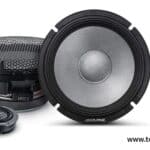The measurements like 5 millimeters (mm) is crucial in various fields, it’s incredible how this measurement plays a crucial role in our lives, especially in the world of technology. From gadgets to engineering marvels, 5 mm thickness often represents the fine balance between functionality and compactness. Let’s explore examples of objects and technology that embody this precise measurement. This article dives into twelve everyday objects that measure 5 mm thick, offering insight into their practical uses and relevance in daily life. Whether you’re estimating sizes or selecting materials, knowing examples of things that are 5 mm thick will help you make informed decisions.
What Does 5 Millimeters (mm) Look Like?
5 Millimeters (mm) is equivalent to 0.5 centimeters or approximately 0.2 inches. To visualize this, think of two credit cards stacked together or a thick rubber band. This small but significant measurement plays a vital role in fields like construction, electronics, and crafting.
For clarity, here’s a quick conversion table:
| Unit | Equivalent Measurement |
|---|---|
| Millimeters (mm) | 5 mm |
| Centimeters (cm) | 0.5 cm |
| Inches | 0.2 inches |
Understanding how small 5 mm thickness is can make identifying and comparing objects easier in everyday situations.
A Look Through Technology 5 Millimeters (mm)
Smartphone Bezels

Modern smartphones often feature bezels as thin as 5 mm or less. This slim border enhances the screen-to-body ratio, offering a more immersive display experience. Many flagship devices, such as those from Apple and Samsung, emphasize these thin bezels to provide an edge-to-edge viewing experience while maintaining durability.
Tablet Protective Cases
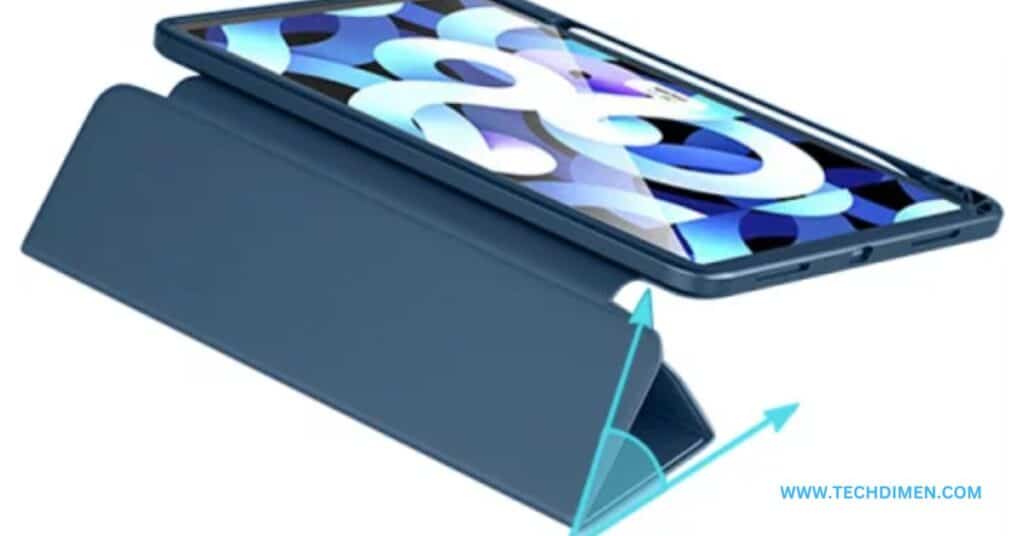
Protective cases for tablets frequently measure around 5 mm in thickness. This design ensures robust protection for the device while keeping it lightweight and portable. These cases are often crafted from materials like polycarbonate, leather, or silicone, blending functionality and style.
Laptop Cooling Pads
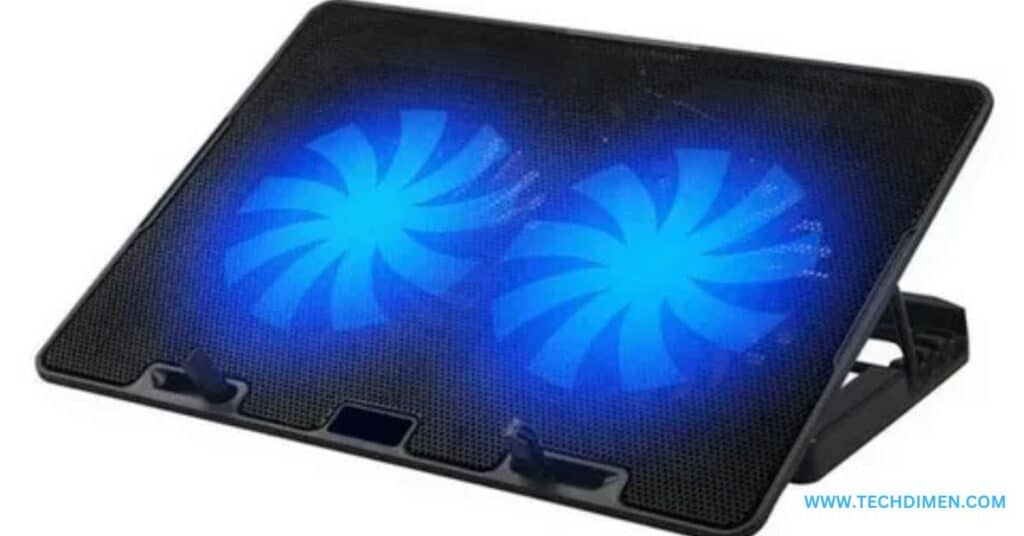
The bases of laptop cooling pads are often 5 mm thick, designed to provide optimal airflow while supporting the weight of the laptop. This slim profile is especially important in ultrabooks and compact gaming laptops, where thermal management is critical to maintaining performance.
Wearable Tech Bands

Smartwatch and fitness tracker bands are commonly 5 mm thick. Made from materials like silicone, stainless steel, or nylon, these bands are durable, comfortable, and lightweight, making them suitable for daily use. The slim design also contributes to the sleek aesthetics of wearable technology.
Printed Circuit Boards (PCBs)
PCBs in many electronic devices, such as smartphones, tablets, and IoT gadgets, often have a thickness of 5 mm. This size ensures the structural stability of components while minimizing the space needed inside the device. It is an essential feature in compact devices where every millimeter counts.
LED Display Panels
Thin glass covers on LED display panels in TVs, monitors, and smart screens often measure 5 mm thick. This glass not only protects the screen’s internal components but also enhances image clarity. Many high-end displays use specialized glass coatings to reduce glare while maintaining durability.
Virtual Reality (VR) Headset Padding
Foam padding inside VR headsets is usually 5 mm thick. This cushioning ensures comfort during extended use, distributing pressure evenly across the user’s face. Premium VR headsets often allow the padding to be removed for cleaning or replacement, enhancing hygiene and usability.
Ultra Slim Power Banks
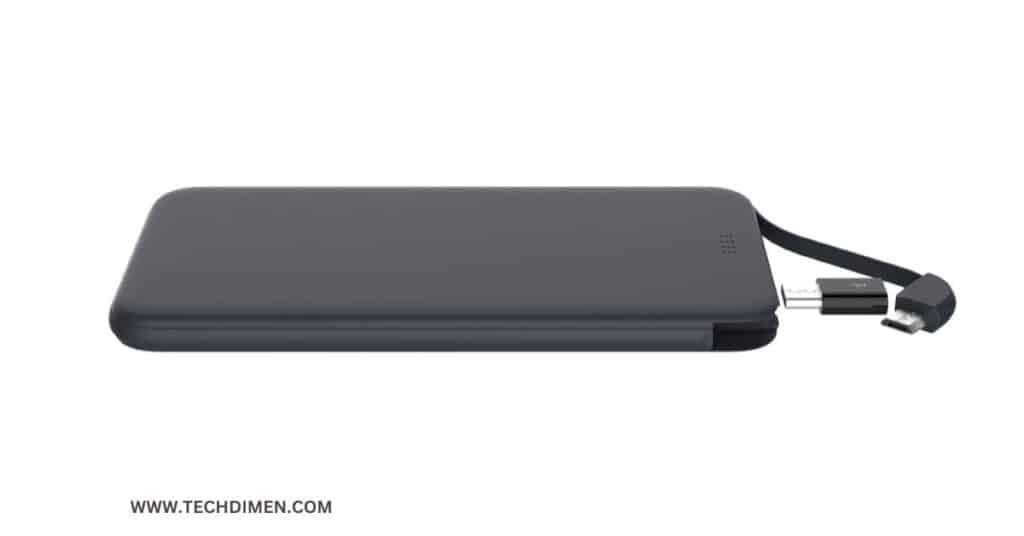
Compact power banks designed for mobile devices frequently feature a 5 mm thick profile. These ultra-slim models are ideal for portability, easily slipping into wallets or pockets. Despite their size, they deliver enough power to recharge smartphones or other small devices.
Laptop Keyboard Keys
The keys on modern laptop keyboards are often 5 mm thick. This design balances comfort and responsiveness, enabling users to type efficiently without making the keyboard too bulky. Sleek ultra books and gaming laptops rely on this precise thickness to maintain slim profiles.
Digital Calipers
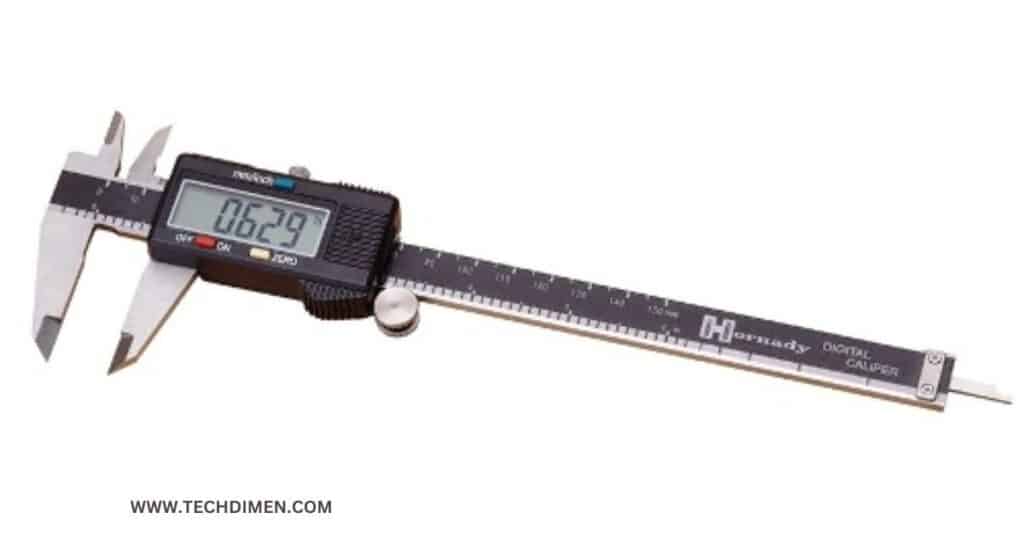
The jaws of many digital calipers measure approximately 5 mm thick. These tools are essential in fields like engineering and manufacturing, where precise measurements are required. Their thin jaws allow them to measure objects with high accuracy, even in tight spaces.
Smart Speaker Grilles
Grilles covering smart speakers often measure around 5 mm in thickness. These grilles protect internal components like drivers and microphones while allowing clear sound to pass through. The design ensures the speaker remains both functional and visually appealing.
Portable SSD Casings
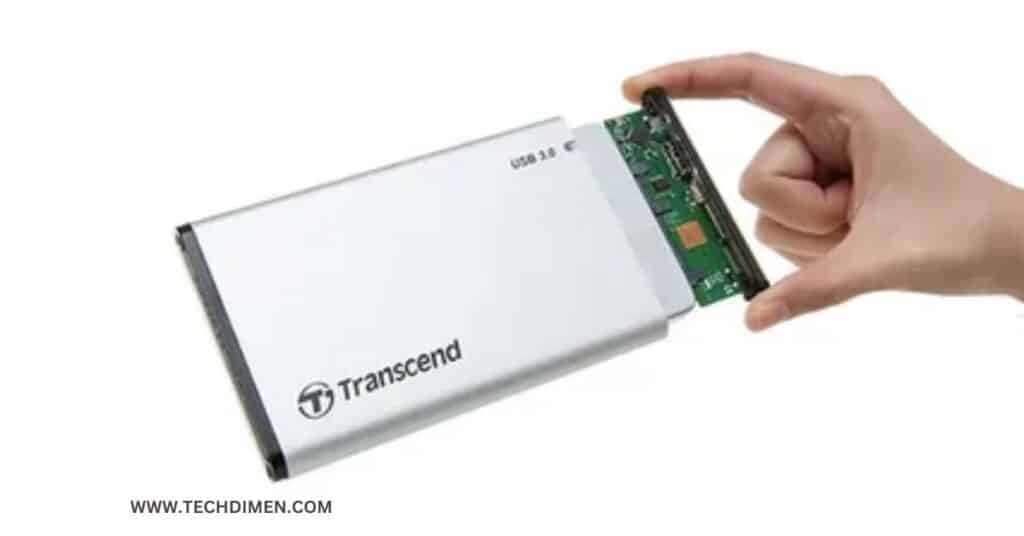
External solid-state drives (SSDs) often feature casings around 5 mm thick. This slim profile enhances portability while safeguarding the delicate internal storage components. These drives are widely used for their speed and durability in storing large amounts of data.
Common Objects That Are 5 Millimeters (mm)Thick
Standard Screw
A 5 mm screw is one of the most commonly used fasteners. These screws are ideal for assembling furniture, securing electronics, and light construction work. Their diameter ensures a snug fit in various materials, such as wood, plastic, and metal. Often made of stainless steel, these screws are both durable and resistant to corrosion.
Glass Panel
Thin glass panels measuring 5 Millimeters (mm) are often found in picture frames, table covers, and cabinet doors. This thickness strikes the perfect balance between being lightweight yet durable enough for regular use. Although thicker glass is used for structural applications, 5 Millimeters (mm) glass panels are ideal for decorative and protective purposes.
Remote Control Button
The buttons on remote controls typically measure 5 mm thick. Made from silicone or plastic, this thickness ensures a comfortable tactile response when pressed. Their compact size and consistent thickness make them reliable for everyday usage in devices like TVs, sound systems, and air conditioners.
Three Nickels Stacked
Stacking three U.S. nickels gives a thickness close to 5 millimeters. Each nickel measures 1.95 mm, so three combined equal 5.85 mm, which is a close approximation. This simple visual comparison helps when you need a quick reference for 5 mm objects.
Four Compact Discs (CDs)
Compact discs (CDs) are each about 1.2 mm thick. Stacking four CDs results in a thickness of 4.8 mm, making it almost identical to 5 mm thickness examples. Although CDs are becoming less common, their uniform size makes them a convenient tool for size comparisons.
Pencil-Top Eraser
The rubber erasers on pencils, especially the cylindrical types, are roughly 5 Millimeters (mm) thick at their widest point. These erasers are small but highly functional, making them a staple for students and artists alike.
Standard Dice Face
The thickness of a standard dice face is close to 5 millimeters. Dice are designed with uniform dimensions to ensure fair gameplay. Whether made from plastic, wood, or metal, this measurement is crucial for maintaining balance and usability.
Electrical Cable Insulation
Household electrical cables often feature insulation layers that measure 5 mm thick. This sheathing protects the internal wires, ensuring safety and durability. Properly insulated cables reduce the risk of electrical hazards, making this thickness standard in many industries.
Wedding Ring
Many wedding bands and rings have a standard width of 5 millimeters. This size is popular for its balance of comfort and style. Rings of this width are often crafted from materials like gold, platinum, or titanium, offering both durability and aesthetic appeal.
Clear PVC Hose
The wall thickness of clear PVC tubing is often 5 mm, making it a common choice for laboratories, aquariums, and gardening. Its flexibility and transparency allow for easy monitoring of liquid flow, while its durable material resists wear and tear.
DC Plug
The rubber casing around DC power plugs is typically 5 mm thick. This protective layer shields the internal wiring, ensuring the plug’s longevity. These plugs are widely used in laptops, LED lighting, and audio devices, demonstrating the versatility of 5 mm thickness.
Drill Bit
Small drill bits, especially those used in woodworking or metalworking, often have a shank diameter of 5 millimeters. These bits are ideal for precise drilling tasks in medium-density materials and are usually made from high-speed steel or tungsten carbide.
How to Measure 5 Millimeters Accurately
To accurately measure 5 mm, use tools like a standard ruler, calipers, or micrometers. For best results:
- Place the object on a flat surface for stability.
- Use a calibrated measuring tool for precision.
- Check the measurement twice to ensure accuracy.
These steps are particularly useful when working on projects requiring exact dimensions.
Practical Applications of 5 Millimeter Thickness
The versatility of 5 mm objects makes them essential in many industries. For example:
- Interior Design: Glass panels with a 5 mm thickness are used in tabletops and shelves for a sleek, modern look.
- Electronics: Remote control buttons and DC plugs with a consistent thickness ensure functionality and user comfort.
- DIY Projects: Knowing the dimensions of screws, cables, and tubing helps in selecting the right materials for home improvements.
Understanding the significance of 5 mm thickness allows you to make informed decisions, whether you’re a professional or a hobbyist.
FAQs
What Are the Most Common Things That Are 5 mm Thick?
Examples of items that measure 5 mm thick include screws, glass panels, buttons on remote controls, a stack of three nickels, and the width of standard dice. These objects are everyday examples that help visualize this small yet practical measurement.
Why Is Knowing About 5 mm Thickness Important?
Understanding 5 mm thickness is essential for tasks like choosing materials for DIY projects, designing products, or assembling electronics. It ensures precision, enhances functionality, and avoids costly mistakes in design or construction.
How Can You Measure 5 Millimeters Accurately?
To measure 5 mm, use tools like a digital caliper, a standard ruler, or a micrometer. These tools offer the precision needed for small measurements, especially for crafting, construction, or industrial applications.
What Is 5 mm in Inches and Centimeters?
Five millimeters is equivalent to 0.5 centimeters or 0.2 inches. These conversions are vital for comparing measurements across metric and imperial systems, commonly used in global industries.
Which Materials Are Commonly 5 mm Thick?
Materials often found in items of 5 mm thickness include tempered glass for panels, flexible PVC for hoses, stainless steel for screws, and silicone for remote buttons. These materials are chosen for their durability and versatility.
What Are the Benefits of Items That Are 5 mm Thick?
Items with 5 mm thickness strike a balance between being lightweight and durable. For instance, tempered glass at this thickness is sturdy yet sleek, making it ideal for tabletops, windows, and displays.
Are 5 mm Drill Bits Available for Everyday Use?
Yes, 5 mm drill bits are commonly used in crafting, woodworking, and metalworking. They are ideal for creating precise holes in various materials, including wood, plastic, and metals.
How Does 5 mm Compare to Other Small Measurements?
Five millimeters is smaller than a centimeter but larger than the thickness of a credit card. It is the perfect size for thin yet sturdy items like cables, erasers, or jewelry.
Can You Stack Everyday Items to Represent 5 mm?
Yes! You can stack three nickels or four compact discs (CDs) to visualize 5 mm thickness. This trick is a quick way to estimate small measurements without tools.
Why Is 5 mm Thickness Popular in Design and Manufacturing?
The 5 mm thickness is widely used in industrial and design applications due to its perfect balance of size and strength. It’s ideal for items like thin glass panels, flexible hoses, and lightweight yet strong materials.
What Are Some Safety Applications for 5 mm Thickness?
Many safety-critical items, such as insulated electrical cables and tempered glass, are designed with 5 mm thickness to provide protection without compromising usability. These items meet both functional and safety standards.
Are Items That Are 5 mm Thick Durable?
Yes, objects with 5 mm thickness, like tempered glass or stainless-steel screws, are highly durable. Their strength depends on the material, making them suitable for long-term use in various applications.
How Can 5 mm Thickness Be Used in Creative Projects?
Designers and hobbyists often use 5 mm thick materials like glass, PVC sheets, or wooden boards for crafting modern décor, jewelry, and architectural models. Its versatility allows for endless creative possibilities.
What Are Some Tech Gadgets That Are 5 mm Thick?
In the world of technology, 5 mm thickness is commonly seen in ultra-slim devices such as SSDs (Solid State Drives), laptop bezels, and ultra-thin tablet covers. Manufacturers prioritize this size for creating sleek, lightweight gadgets without sacrificing durability.
How Is 5 mm Thickness Used in Tech Manufacturing?
5 mm thick materials are often used in tech for components like circuit boards, tempered glass for screens, and flexible cables. These precise measurements ensure compact designs while maintaining the necessary strength and functionality.
What Is the Importance of 5 mm in Screen Technology?
In display technology, 5 mm bezels are considered ultra-thin and are highly sought after for creating frameless monitors and TVs. This slim profile enhances the viewing experience, offering an almost edge-to-edge display.
Can You Find 5 mm Components in Smartphones?
Yes, smartphone components such as protective tempered glass screen covers and internal metal plates often measure 5 mm thick. This size is chosen for being lightweight and sturdy, ensuring both protection and performance.
How Do Engineers Use 5 mm in Tech Design?
Engineers use 5 mm thickness in designing precision parts for devices like drones, wearables, and gaming accessories. For example, a drone’s lightweight yet durable propellers might be 5 mm thick for optimal performance.
What Are Examples of Cables That Are 5 mm Thick?
Many 5 mm thick cables are used in technology, including HDMI cables, USB-C charging cables, and Ethernet cords. This size strikes a balance between flexibility and durability, making them ideal for everyday tech use.
Are There Any Tech Accessories That Are Exactly 5 mm?
Yes, 5 mm accessories include slim laptop cooling pads, compact USB flash drives, and ultra-thin phone cases. These items are designed for portability and minimal bulk without compromising on utility.
Why Is 5 mm a Preferred Thickness for Tech Gadgets?
Tech manufacturers often use 5 mm thickness for creating devices and components that are lightweight, durable, and aesthetically pleasing. For example, laptop screens with a 5 mm bezel provide a sleek, modern appearance.
How Is 5 mm Thickness Used in Wearable Tech?
In wearable technology, 5 mm thick bands are common for smartwatches and fitness trackers. This size is ideal for combining flexibility, comfort, and durability while maintaining a slim profile.
Can 5 mm Thickness Be Found in Gaming Devices?
Definitely! Gaming technology incorporates 5 mm thickness in items like joystick components, controller casings, and tempered glass covers for gaming laptops. This ensures devices are both robust and ergonomic.
What Role Does 5 mm Play in Tech Innovations?
Innovators in technology often experiment with 5 mm thickness for creating flexible displays, foldable devices, and advanced microprocessors. This dimension helps achieve the goal of compact and portable designs.
How Does 5 mm Thickness Improve Durability in Tech?
Whether it’s protective glass for smartphones or cable insulation, 5 mm thickness provides an excellent balance of durability and weight, ensuring that tech devices withstand daily wear and tear.
Are 5 mm Components Eco-Friendly in Tech?
Many tech companies are adopting eco-friendly materials that are 5 mm thick, such as recycled plastics and biodegradable components, for sustainable gadget designs. These efforts align with global green initiatives.
Conclusion
From smartphone bezels to PCBs and wearable tech bands, 5 Millimeters (mm) represents more than just a measurement it’s a symbol of innovation and precision in modern design. Whether protecting delicate components or enhancing user experience, this small dimension is pivotal in creating the technology we use daily
5 Millimeters (mm) screws and glass panels to wedding rings and PVC hoses, the world is filled with examples of things that are 5 millimeters thick. These objects not only showcase the precision of small measurements but also highlight their practicality in daily life. Recognizing the importance of 5 Millimeters (mm) thickness can make tasks like material selection, design planning, and size estimation much easier.

Jhon AJS is a tech enthusiast and author at Tech Dimen, where he explores the latest trends in technology and TV dimensions. With a passion for simplifying complex topics, Jhon aims to make tech accessible and engaging for readers of all levels.





